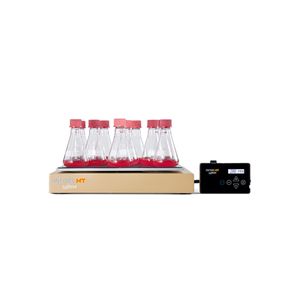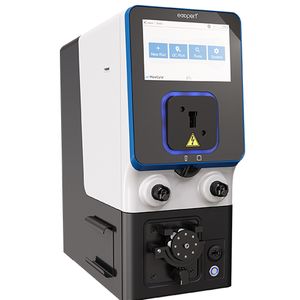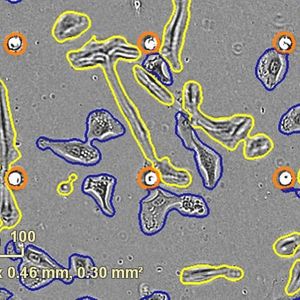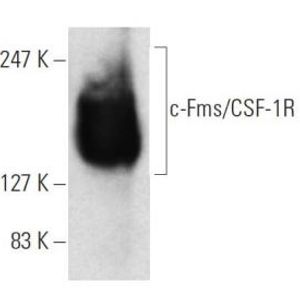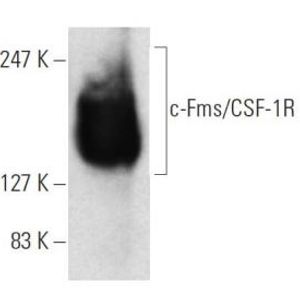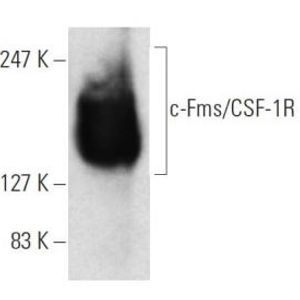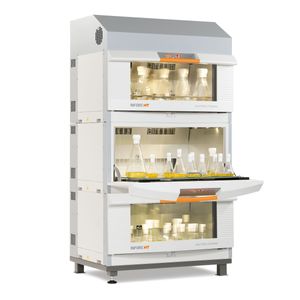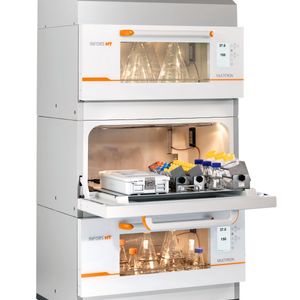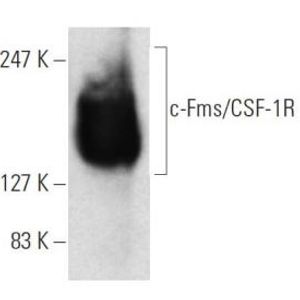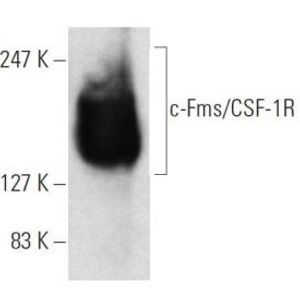Cancer Webinars
Stay informed on developments in cancer and oncology diagnosis, prevention and treatment through these curated webinars. As the race toward a cure for cancer continues, advances in cancer research are constantly revealed as innovation in the field of oncology progresses.
Show More
-
OCT 08, 2020 | 4:30 PMMultiplex detection of oncogenic mutations using LNA-based assays on the QIAcuity digital PCR system Digital PCR (dPCR) enables specific and sensitive detection of genetic alterations in onc...
-
OCT 10, 2019 | 12:00 PMTumor mutational burden (TMB) is an emerging biomarker that correlates with response to immunotherapeutic agents, such as checkpoint inhibitors. Recent studies indicate that a high mutation l...
-
OCT 10, 2018 | 12:00 PMRNA sequencing unlocks the mysteries hidden in the transcriptome. Whether your goal is gene expression analysis, gene fusion analysis, SNP analysis or miRNA expression analysis, achieving hig...
-
OCT 12, 2017 | 9:00 AMIn order to expand the treatment options of cancers driven by oncogenic RAS, new cell surface targets need to be identified and characterized. Here, we describe mass spectrometry based phenot...
-
OCT 08, 2020 | 6:00 PMWhile circulating cell-free DNA (ccfDNA) and to some extend CTCs from blood are routinely used as analyte in liquid biopsy cancer research applications, circulating cell-free RNA (ccfRNA) ha...
-
OCT 12, 2017 | 12:00 PMThe detection of circulating molecular biomarkers is useful for monitoring pathogenic processes and response to therapeutic intervention1,2. In cancer, genomic and proteomic biomarkers are us...
-
OCT 10, 2018 | 6:00 AMUnderstanding the immune repertoire is an important aspect of immuno-oncology research, which can be used to gather insights into the function and overall status of the immune system. We have...
-
OCT 10, 2018 | 9:00 AMHigh-throughput screening is widely useful in identifying genes and pathways that drive changes in cell behavior such as cell cycle regulation, metastasis, and drug resistance. Millipor...
-
OCT 09, 2019 | 1:30 PMThe quest to cure cancer through the manipulation the immune system has been at the forefront of science for the past half-decade. The result has been the emergence of a multitude of promisin...
-
OCT 11, 2017 | 12:00 PMImmunotherapy: An unprecedented opportunity-Long-lasting/curative treatments-Lower side effects-Wide applicability-Natural mechanism of action-Locally produced T cell therapies&...
-
APR 21, 2022 | 5:30 AMA hypoxic tumour microenvironment is a feature of solid tumours. Many tumour types contain high fractions of hypoxic tissue. The relationship between high levels of tumour hypoxia and a poor...
-
MAY 19, 2020 | 11:15 AMBackground: Growing evidence supports the critical role of preexisting immune response in triple negative breast cancer (TNBC). However, there are limitations with current evaluation approac...
-
OCT 10, 2018 | 7:30 AMMolecular analyses of cancer biology have tended to segregate between a focus on nucleic acids – DNA, RNA and their modifications – and a focus on proteins and protein function. P...
-
OCT 10, 2019 | 10:30 AMOsteosarcoma (OS) is the most common bone tumor in pediatric and adolescent/young adult patients. Over the past three decades, significant improvements in the survival rates or therapeutic ap...
-
OCT 12, 2017 | 9:00 AMThe detection of CTCs has been used as useful biomarkers in prognosis and monitoring therapeutic response of patients with metastatic cancer. However, during the course of cancer therapy, CTC...
-
OCT 12, 2017 | 1:30 PMThe deposition and removal of DNA and histone modifications depends on the availability of specific metabolites, suggesting that cellular metabolic pathways may dynamically regulate chromatin...
-
OCT 11, 2018 | 9:00 AMThe oncogenic transcription factor c-MYC (MYC) is deregulated, and often overexpressed, in more than 50% of cancers. MYC deregulation is associated with poor prognosis and aggressive disease,...
-
OCT 11, 2017 | 12:00 PMNanopore sequencing has enormous potential for application to cancer, but specifically offers advantages into two main arenas, epigenetics and structural variation. Methylation is well-known...
-
OCT 12, 2017 | 12:00 PMThe detection of circulating molecular biomarkers is useful for monitoring pathogenic processes and response to therapeutic intervention1,2. In cancer, genomic and proteomic biomarkers are us...
-
OCT 12, 2017 | 10:30 AMPancreatic ductal adenocarcinoma (PDAC) has a five-year survival rate of only 9%. Acquired drug resistance is a major factor that limits the effectiveness of chemotherapy. Exosomes, secreted...
-
OCT 10, 2018 | 10:30 AMPancreatic tumors are dynamic pseudo-organs that contain numerous cell types interacting to create unique physiology. A typical pancreatic tumor is made up largely of stromal fibroblasts and...
-
OCT 11, 2017 | 1:30 PMRecent advances in flow and mass cytometry have greatly expanded the number of immune cell parameters that can be interrogated, resulting in an improved understanding of the immune system het...
-
OCT 08, 2020 | 12:00 AMLearning Objectives: 1. To provide an overview of relevant hereditary cancer syndromes 2. To encourage providers to obtain a thorough family history 3. To educate providers about available r...
-
OCT 11, 2017 | 9:00 AMMore and more decisions will center on the ability to molecularly characterize a disease. So the molecular diagnostic laboratory will have a pivotal role. What does that look like? Will we be...
-
OCT 11, 2017 | 10:30 AMExosomes are nano-scale lipid membrane-enclosed extracellular vesicles that form in the cellular endosomal system but are released outside the cell. These virus-sized “fat balls”...
-
OCT 11, 2018 | 10:30 AMTwo projects looking at novel approaches to targeting inflammatory breast cancer will be presented. Inflammatory breast cancer (IBC) is a unique, understudied, and most lethal subtype account...
-
OCT 11, 2018 | 12:00 PMLung cancer is the leading cause of cancer-related mortality worldwide. Large-scale sequencing studies have revealed the complex genomic landscape of NSCLC and genomic differences between lun...











































